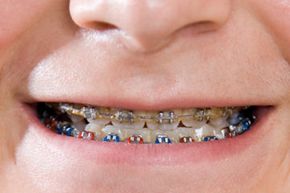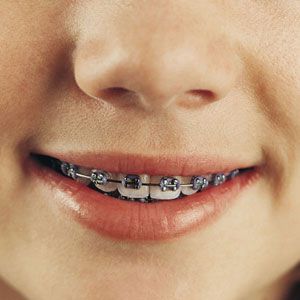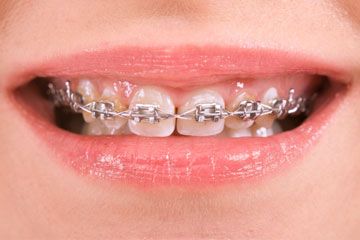Braces used to be the bane of teenagers -- but not anymore. Though the taunts of "tinsel teeth" and "metal mouth" can probably still be heard occasionally, those mean-spirited jeers have been pushed to the fringes of a teen's social milieu. That's because braces have become more status symbol than stigma these days, mainly due to the product itself that looks and works better.
"There are a lot of options out there for patients," said Theresa Chidsey, treatment coordinator for Dr. Michael Riccio, an orthodontist based on Boston's North Shore [source: Chidsey]. "Those options range from stainless steel brackets, which we tend to use, to clear or tooth-colored brackets. There are even invisible types of aligners, Invisalign being one of the more popular ones."
Advertisement
All these options are design to correct the age-old problem of a bad bite, or "malocclusion," as the dental community would call it. Either way, we're talking about teeth that simply don't line up correctly. That can happen when teeth are crowded, or if they come in crooked. There can also be an overbite, or underbite. These can be the result of natural causes, habit -- such as lip or thumb sucking -- or even an injury. And what parent doesn't fear the damage that competitive sports can wreak on a nice smile?
Today, braces (or appliances) and aligners still work wonders at correcting these problems, but they're much more subtle -- that is, unless you don't mind showcasing them. If that's the case, you have more choices than a kid in a penny-candy store.
Brackets (the part of the brace that is actually attached to the tooth) come in a variety of materials, including metal, ceramic, plastic and even shapes. The metal archwires and bands connecting the brackets can come in different colors and shades, too, and clear wires are even being developed. For the height of facial fashion, the elastic ligatures or rubber bands come in just about any color imaginable, giving patients a chance to really individualize their look. One orthodontist told Parenthood.com that today's braces are thought of "like jewelry" for many young girls [source: Parenthood].
Ready for a kinder, gentler set of braces?
Advertisement


